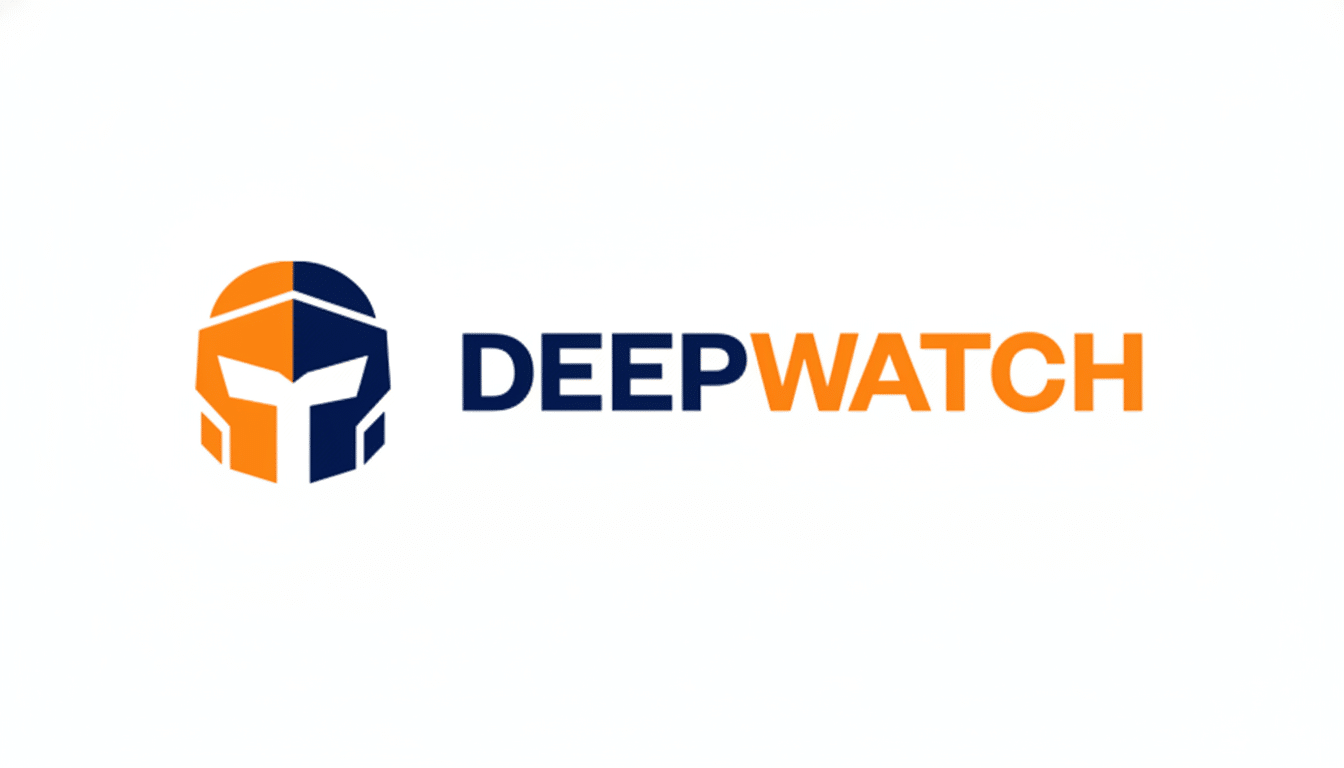Deepwatch has laid off dozens of employees as it looks to accelerate investment in artificial intelligence across its detection and response platform. The company, which focuses on managed detection and response services that combine tooling with 24×7 security operations, said the reorganization is designed to focus resources on AI capabilities it sees as critical to increasing operational efficiency and differentiating its offering.
Why Deepwatch Is Reorganizing Around AI
AI in cybersecurity has gone from pilot to priority. For companies like Deepwatch, the opportunity is simple: automate more of the noisy, repetitive work that happens inside a security operations center — alert triage, correlation, enrichment — so analysts can concentrate on complex hunts and response. We are training generative models and cutting-edge detection algorithms on telemetry across your endpoints, identities, networks, and cloud. Vendors say this can reduce mean time to detect and respond, slash false positives, and add scale to threat hunting.

In practice, “accelerating AI investment” often translates to shifting spend toward model build, data engineering, and platform integration. That could involve creating custom models to detect anomalies, tweaking state-of-the-art language models for help in investigations, and automating playbooks that once needed manual handoffs. The strategic wager: customers will reward platforms that offer quantifiable improvements in fidelity and speed without the burden of adding staff on the customer side.
A More General Reset in Cybersecurity Markets
Deepwatch’s reductions come as there has been a wave of layoffs across the cybersecurity workforce amid AI-heavy roadmaps. CrowdStrike shed about 5% of its workers earlier this year while announcing a record $1.38 billion in operating cash flow and full-year free cash flow of $1.07 billion, showing that it’s often optimization, not desperation, driving decisions. Other security companies, like Deep Instinct, Otorio, ActiveFence, Skybox Security, and Sophos, are also cutting their headcount.
The market itself remains resilient. Gartner expected security and risk management spending to grow in the double digits, with demand highest for identity, cloud security, and managed detection and response. But investors and boards remain insistent that vendors demonstrate durable margins. Consolidation, narrowing of product portfolios, and AI-driven automation are all the usual levers now for both improving unit economics and defending share from platform giants.
What AI Can and Cannot Do in Security Operations
Security AI has matured fast, but it’s no silver bullet. Using large language models, you can expedite case summaries, generate hypotheses, and build questions throughout your SIEM and EDR tools as detection models pinpoint small anomalies at scale. Pioneer platforms — including Microsoft’s Security Copilot, CrowdStrike’s Charlotte AI, and SentinelOne’s generative assistants — illustrate the power that integrated assistants can bring to turbocharge analyst productivity.

But AI systems still need guardrails. Hallucinations, data lineage problems, and overconfident recommendations present risks, which can be mitigated with human validation. The gold standard continues to be humans in the loop with transparent audit trails, thresholding, and continuous validation of models against things like MITRE ATT&CK. Enterprises should demand transparency around training data, drift monitoring, and how vendor models work with sensitive customer telemetry.
Impact on Customers and Key Questions to Ask Now
For Deepwatch customers, the number one concerns are operational continuity and quantifiable results. Are service-level agreements unchanged? Will the windows of coverage, escalation support, and named analyst access be preserved? What will the impact be on response and MTTR (mean time to detect and respond), and how will it be reported?
Buyers should also look into model governance and data management. Ask vendors to explain who has access to your telemetry, where models execute, how prompts and responses are stored, and what controls exist for data residency and retention. Ask for proof — benchmarks, red-team exercises, or third-party evaluations — that AI-driven detections reduce false positives without missing high-severity threats.
The Talent Equation and Risks from Staffing Changes
Vendors may be automating, yet the talent gap is resolute. According to the latest (ISC)² Cybersecurity Workforce Study, there is a global deficit of nearly 4 million professionals. That backdrop illustrates why AI-augmented SOCs are so attractive, but it also means that vendor changes in staffing can affect service levels if not managed well. Customers should also track analyst-to-account ratios, rotation on their account teams, and the consistency of runbooks in transitions.
Bottom Line: How Deepwatch’s AI Bet Will Be Measured
Deepwatch’s layoffs mirror a wider sector shift toward AI-first security operations. The strategic logic is also clear: use automation to do more with less and differentiate in a crowded market. Whether that bet pays off will depend on two proofs customers can see with their own eyes — stable service quality through the transition and evidence-based, audited gains in detection accuracy and response speed enabled by the new AI stack.

